Tag: ARDS
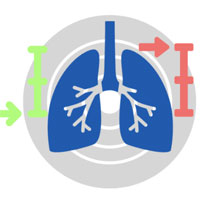
Tidal Volume Strategies for those without ARDS
This paper justifies utilizing a higher tidal volume strategy for our patients without primary ARDS/pulmonary disease. This can be very useful. Patient comfort and patient-ventilator synchrony are extremely important. This... read more

Heterogeneity of Treatment Effect by Baseline Risk of Mortality in Critically ill Patients
Randomised controlled trials (RCTs) enrolling patients with sepsis or acute respiratory distress syndrome (ARDS) generate heterogeneous trial populations. Non-random variation in the treatment effect of an intervention due... read more

Economic Evaluation of vv-ECMO for Severe ARDS
Venovenous extracorporeal membrane oxygenation (vv-ECMO) is increasingly being used to support patients with severe acute respiratory distress syndrome (ARDS), but its cost-effectiveness is unknown. The cost-utility of vv-ECMO... read more

Applied Physiology at the Bedside: Volumetric Capnography
Volumetric capnography is the graphical representation of the partial pressure of carbon dioxide (CO2) versus exhaled volume. This measurement is made noninvasively at every breath by a combination of flow and CO2 sensors,... read more
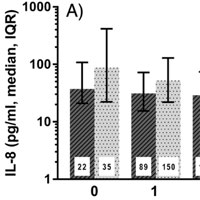
A Prospective Investigation of Interleukin-8 Levels in Pediatric ARF and ARDS
The association of plasma interleukin-8 (IL-8), or IL-8 genetic variants, with pediatric acute respiratory distress syndrome (PARDS) in children with acute respiratory failure (ARF) at risk for PARDS has not been examined.... read more

The Evolution of Lung Protective Ventilation in ARDS
Dr. Jesus Villar is Group Chief of the Center for Biomedical Research in Respiratory Diseases in Madrid and Senior Scientist of the Research Unit at the Hospital Universitario Dr. Negrin in Las Palmas, Spain. He is the Coordinator... read more
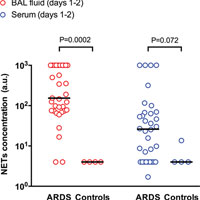
Neutrophil Extracellular Traps Are Elevated in Patients with Pneumonia-related ARDS
Bronchoalveolar neutrophil extracellular trap concentration was not significantly associated with mechanical ventilation duration in pneumonia-related ARDS. The acute respiratory distress syndrome (ARDS) is the most severe... read more
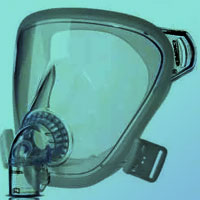
Noninvasive Ventilation as Acute Therapy
Noninvasive ventilation (NIV) is widely used in ICU patients to treat or to prevent acute respiratory failure (ARF). Whereas its physiological effects are clearly beneficial in hypercapnic patients, it could be deleterious... read more

Effects of High-Flow Nasal Cannula on the Work of Breathing in Patients Recovering From ARF
High-flow nasal cannula, when set at 60 L/min, significantly reduces the indexes of respiratory effort in adult patients recovering from acute respiratory failure (ARF). This effect is associated with an improvement in... read more

Risk Stratification Using Oxygenation in the First 24 Hours of Pediatric ARDS
Oxygenation measured 24 hours after acute respiratory distress syndrome onset more accurately stratifies risk, relative to oxygenation at onset, in both children and adults. However, waiting 24 hours is problematic, especially... read more

Extravascular Lung Water as a Target for Intensive Care
Extravascular lung water (EVLW) remains a useful guide for monitoring pulmonary edema (PO) and vascular permeability in sepsis, acute respiratory distress syndrome (ARDS), and heart failure. In addition, EVLW has a prognostic... read more
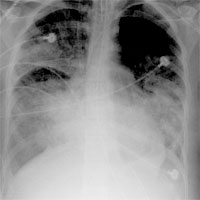
Effect of Titrating PEEP with Esophageal Pressure-Guided Strategy vs Empirical High PEEP-Fio2 Strategy on Death and Days Free From Mechanical Ventilation Among Patients With ARDS
Among patients with moderate to severe Acute Respiratory Distress Syndrome (ARDS), PES-guided positive end-expiratory pressure (PEEP), compared with empirical high PEEP-Fio2, resulted in no significant difference in death... read more

ECMO in the Critical Trauma Patient
Growing evidence suggests the potential use of Extracorporeal membrane oxygenation (ECMO) for the treatment of refractory respiratory failure in adults, but the clinical benefit in polytraumatic patients is not clear. The... read more
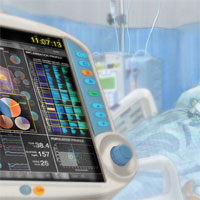
Clinics Aim to Improve Post-ICU Recovery
Ten days after arriving in the emergency department with pneumonia, 58-year-old Connie Bovier woke up in the intensive care unit (ICU). She survived acute respiratory distress syndrome (ARDS), sepsis, and a host of other... read more








